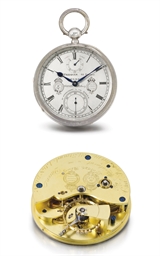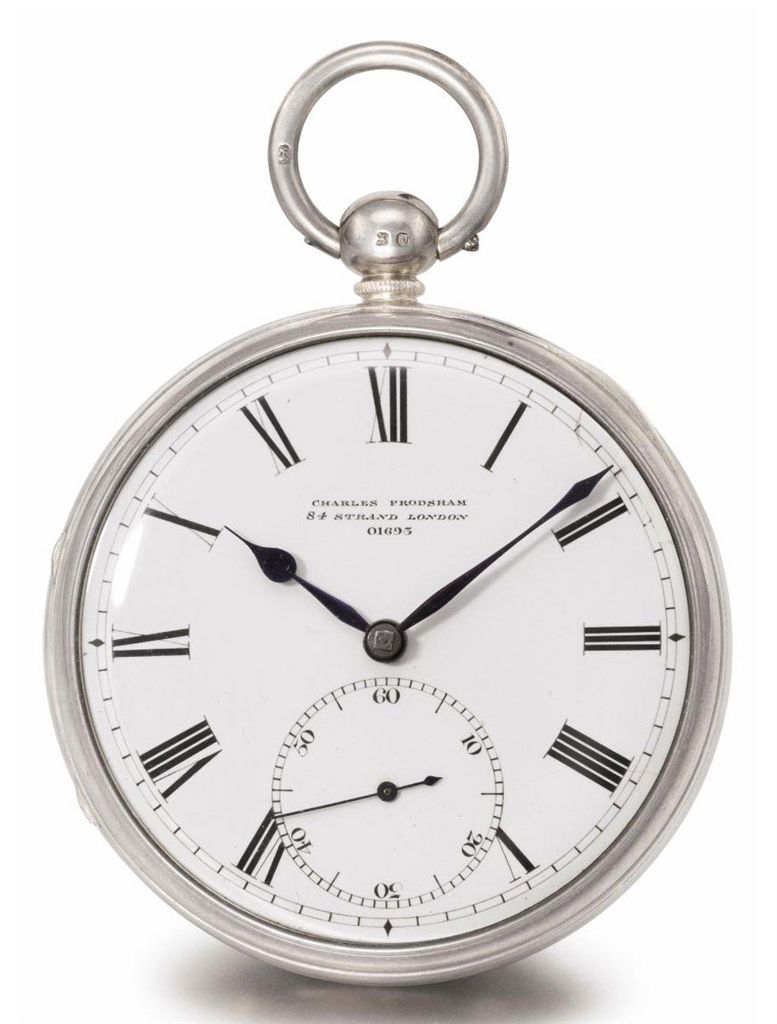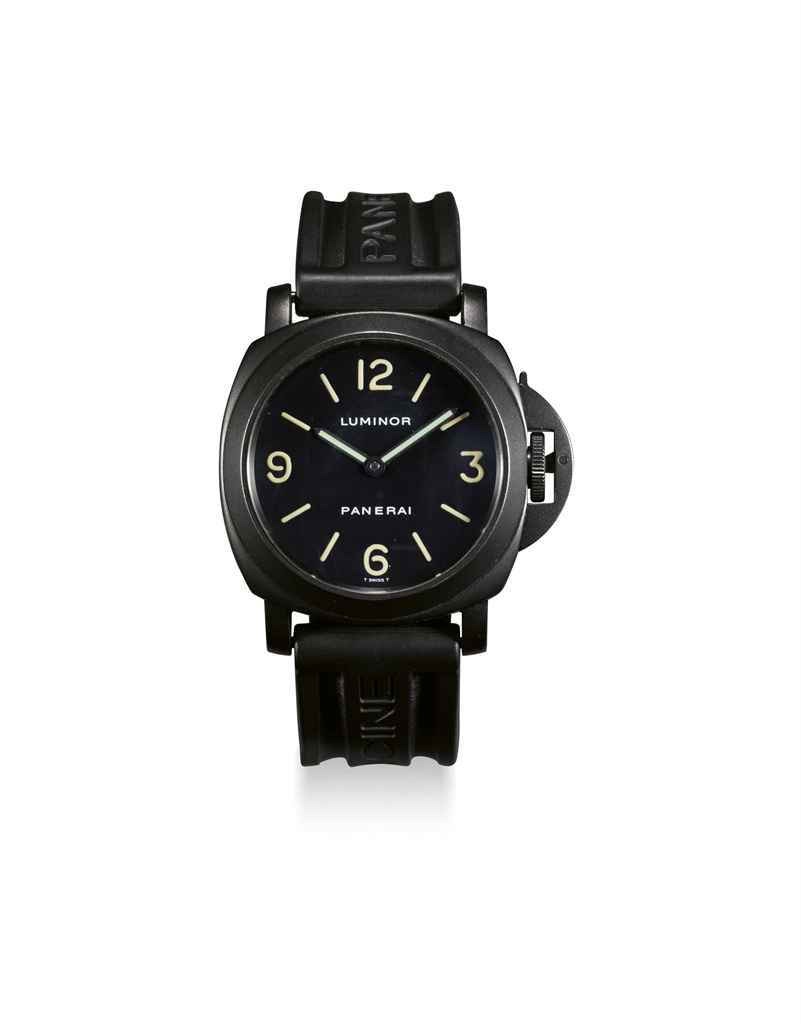The Property of a Gentleman 紳士藏品 A rare and large Imperial 'lotus' velvet dais cover Yongzheng The cover consisting of three joined panels of cut and uncut silk velvet, centred with a large orange lotus bloom surrounded by six smaller blooms, all outlined in silvery-grey thread on a dense ground of curly-leafed scroll designs in gilt metal-wrapped thread on a honey-coloured cut-pile background, enclosed within a triple border of geometric fretwork, meandering lotus scroll and key-fret. 350cm (137 6/8in) x 190cm (74 7/8in). Fußnoten 清雍正 金絲地絲絨纏枝菊紋炕罩 Provenance: The Textile Gallery, London, 1982 Lady Schiennen, Kent, England Christopher Bruckner Asian Art Gallery, London, 2007 A European private collection 來源:英國倫敦,The Textile Gallery,1982年 英國肯特郡,Schiennen夫人舊藏 英國倫敦,Christopher Bruckner Asian Art Gallery,2007年 歐洲私人收藏 Published and Illustrated: Christopher Bruckner, Chinese Imperial Patronage: Treasures from Temples and Palaces, London, 2005, no.33. 出版著錄:英國倫敦,Christopher Bruckner,《Chinese Imperial Patronage: Treasures from Temples and Palaces》,2005年,編號33 Sumptuous covers made of delicate silk velvet, such as the present example, are extremely rare and were produced in limited quantities for the imperial court in workshops based in Fujian and Jiangsu Provinces. Constructed of three silk-velvet panels which were joined together after weaving, this lavish carpet was probably meant to cover important furniture, such as the kang platform of an imperial residence that was heated by braziers and supported other furniture. The rich honey-coloured ground and the interlocking key-fret designs ending with dragon heads, which the present example displays, appear to be features characterising the earliest production of silk velvet carpets in China, datable to late 17th/early 18th century. See a honey-ground silk velvet carpet, late 17th/early 18th century, decorated with blossoming lotus and similar interlocking designs ending with dragon heads, from the Art Institute of Chicago, illustrated by J.Vollmer, Clothed to Rule the Universe. Ming to Qing Dynasty Textiles at the Art Institute of Chicago, Chicago, 2000, pl.30, pp.47. Finely woven in the brilliant shades of cinnabar red and golden yellow, the panel evokes powerful religious associations concerning the attainment of immortality. Emerging from the mud, lotus flowers were a highly-regarded symbol of Buddhist purity and enlightenment. Both sutras and actual depictions of Buddhist realms, dating from at least the fourth century, relate to the lotus calyx as means releasing the reborn souls into the Pure Land presided by Buddha Amitabha. The blossoming red flowers, however, also recall the transmutation of cinnabar into gold, a Daoist process aimed at driving away the malignant spirits and ascending to heaven in broad daylight. Compare with a similar but later silk velvet cover, late 18th century, woven in gold metal-wrapped thread with orange blossoming lotus amidst meandering leafy scrolls on a navy ground, from the collection of the Minneapolis Institute of Art, illustrated by R.Jacobsen, Ch'ing Dynasty Textiles in the Minneapolis Institute of Arts, Minneapolis, 2002, vol.2, pp.1094, cat.no.543.
The Property of a Gentleman 紳士藏品 A rare and large Imperial 'lotus' velvet dais cover Yongzheng The cover consisting of three joined panels of cut and uncut silk velvet, centred with a large orange lotus bloom surrounded by six smaller blooms, all outlined in silvery-grey thread on a dense ground of curly-leafed scroll designs in gilt metal-wrapped thread on a honey-coloured cut-pile background, enclosed within a triple border of geometric fretwork, meandering lotus scroll and key-fret. 350cm (137 6/8in) x 190cm (74 7/8in). Fußnoten 清雍正 金絲地絲絨纏枝菊紋炕罩 Provenance: The Textile Gallery, London, 1982 Lady Schiennen, Kent, England Christopher Bruckner Asian Art Gallery, London, 2007 A European private collection 來源:英國倫敦,The Textile Gallery,1982年 英國肯特郡,Schiennen夫人舊藏 英國倫敦,Christopher Bruckner Asian Art Gallery,2007年 歐洲私人收藏 Published and Illustrated: Christopher Bruckner, Chinese Imperial Patronage: Treasures from Temples and Palaces, London, 2005, no.33. 出版著錄:英國倫敦,Christopher Bruckner,《Chinese Imperial Patronage: Treasures from Temples and Palaces》,2005年,編號33 Sumptuous covers made of delicate silk velvet, such as the present example, are extremely rare and were produced in limited quantities for the imperial court in workshops based in Fujian and Jiangsu Provinces. Constructed of three silk-velvet panels which were joined together after weaving, this lavish carpet was probably meant to cover important furniture, such as the kang platform of an imperial residence that was heated by braziers and supported other furniture. The rich honey-coloured ground and the interlocking key-fret designs ending with dragon heads, which the present example displays, appear to be features characterising the earliest production of silk velvet carpets in China, datable to late 17th/early 18th century. See a honey-ground silk velvet carpet, late 17th/early 18th century, decorated with blossoming lotus and similar interlocking designs ending with dragon heads, from the Art Institute of Chicago, illustrated by J.Vollmer, Clothed to Rule the Universe. Ming to Qing Dynasty Textiles at the Art Institute of Chicago, Chicago, 2000, pl.30, pp.47. Finely woven in the brilliant shades of cinnabar red and golden yellow, the panel evokes powerful religious associations concerning the attainment of immortality. Emerging from the mud, lotus flowers were a highly-regarded symbol of Buddhist purity and enlightenment. Both sutras and actual depictions of Buddhist realms, dating from at least the fourth century, relate to the lotus calyx as means releasing the reborn souls into the Pure Land presided by Buddha Amitabha. The blossoming red flowers, however, also recall the transmutation of cinnabar into gold, a Daoist process aimed at driving away the malignant spirits and ascending to heaven in broad daylight. Compare with a similar but later silk velvet cover, late 18th century, woven in gold metal-wrapped thread with orange blossoming lotus amidst meandering leafy scrolls on a navy ground, from the collection of the Minneapolis Institute of Art, illustrated by R.Jacobsen, Ch'ing Dynasty Textiles in the Minneapolis Institute of Arts, Minneapolis, 2002, vol.2, pp.1094, cat.no.543.
.jpg)










.jpg)
.jpg)


Try LotSearch and its premium features for 7 days - without any costs!
Be notified automatically about new items in upcoming auctions.
Create an alert